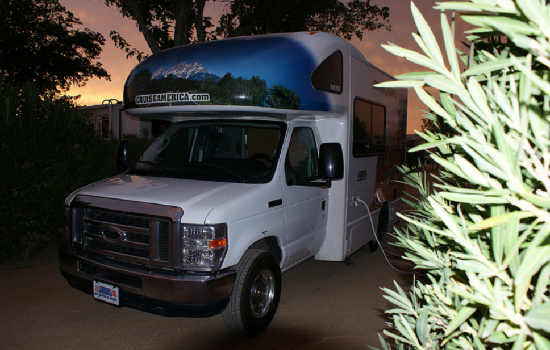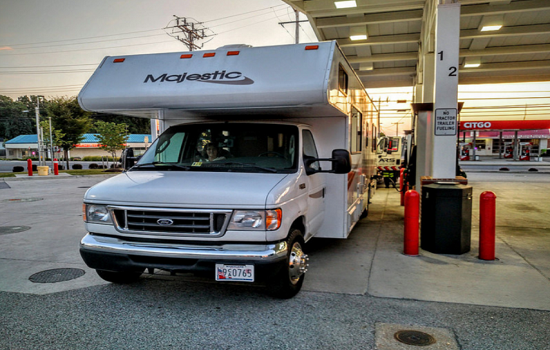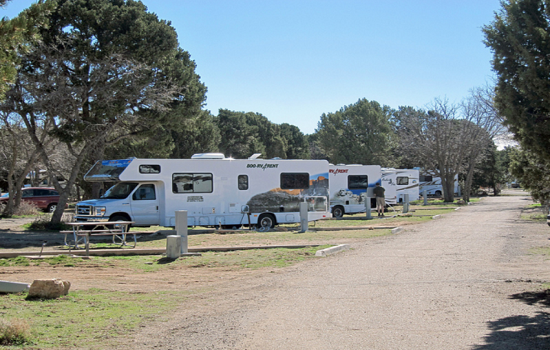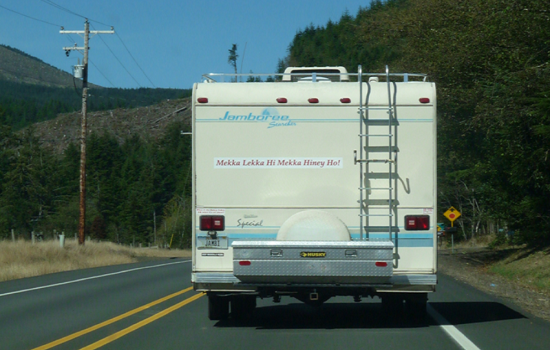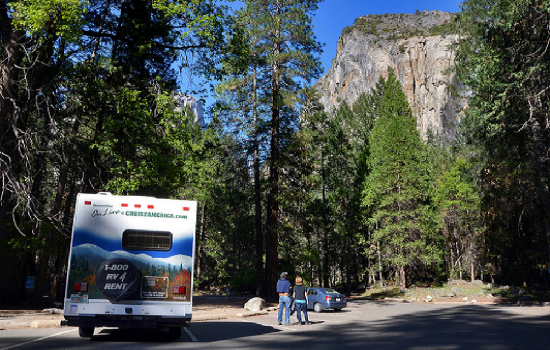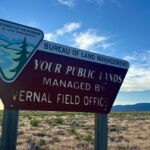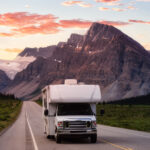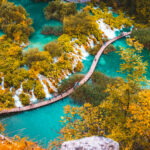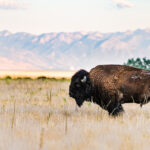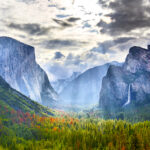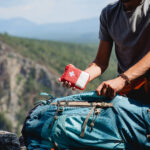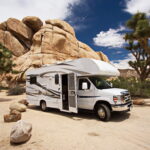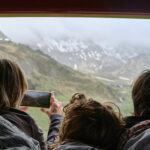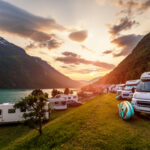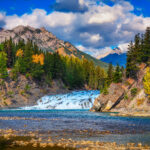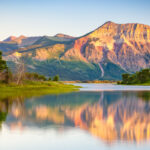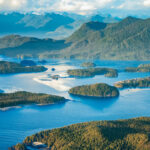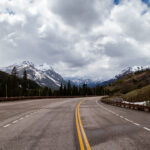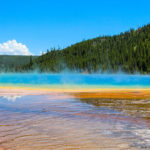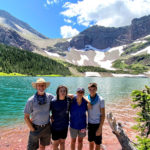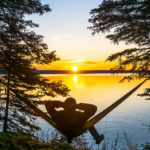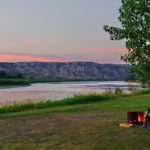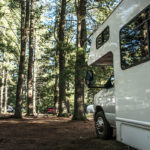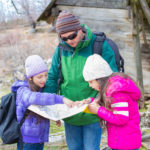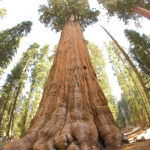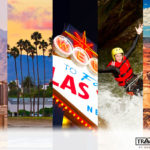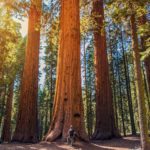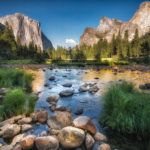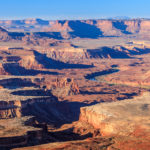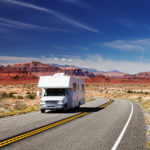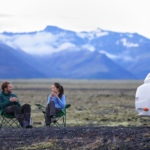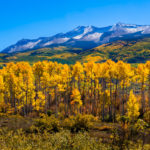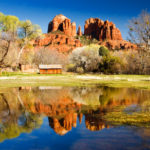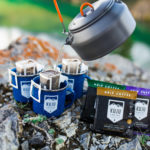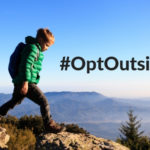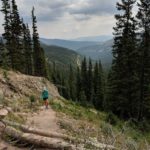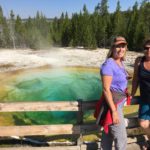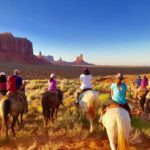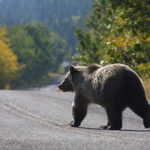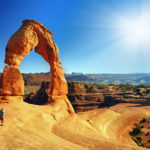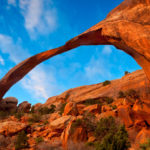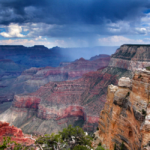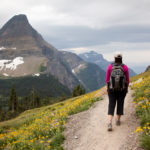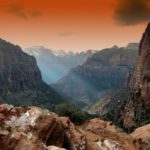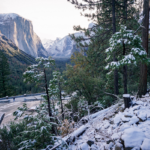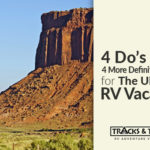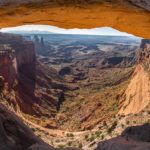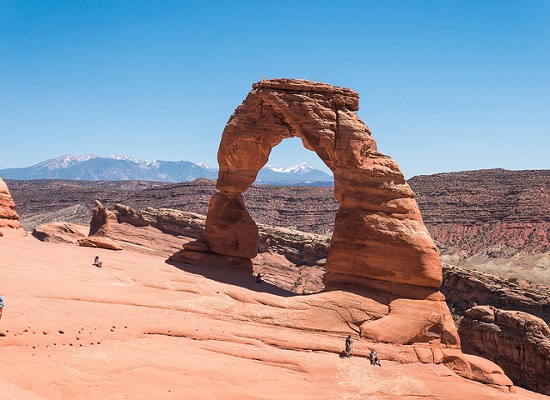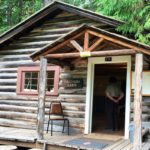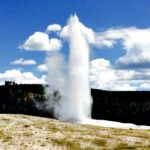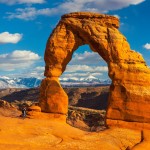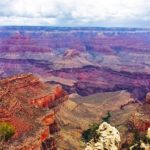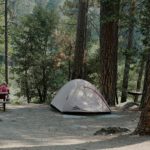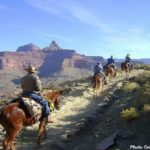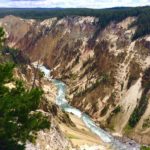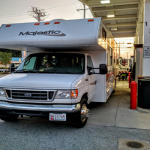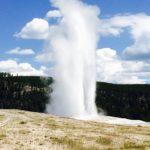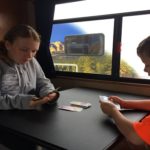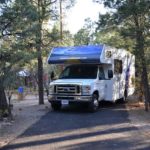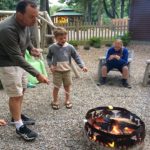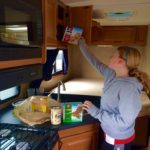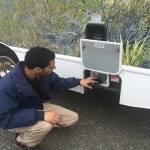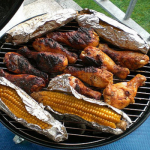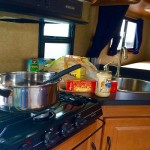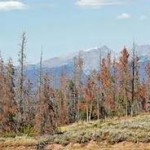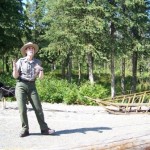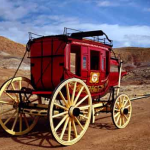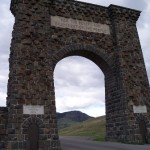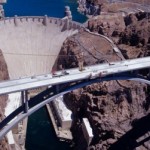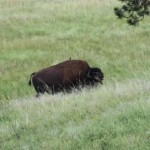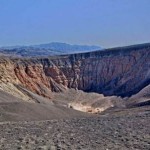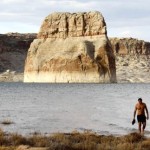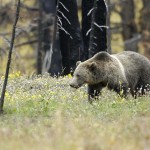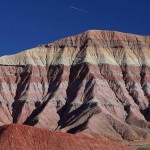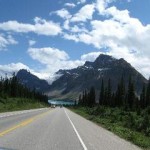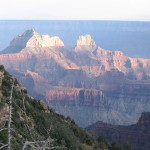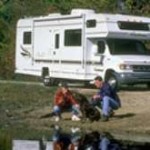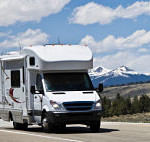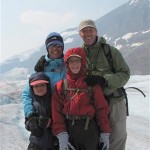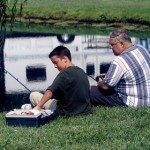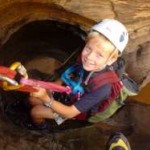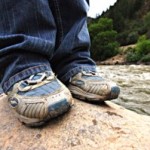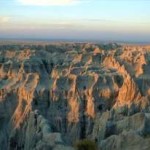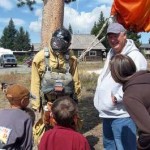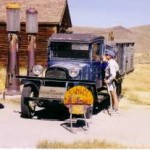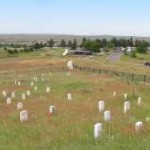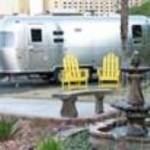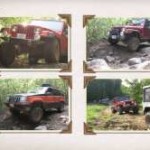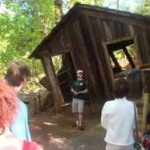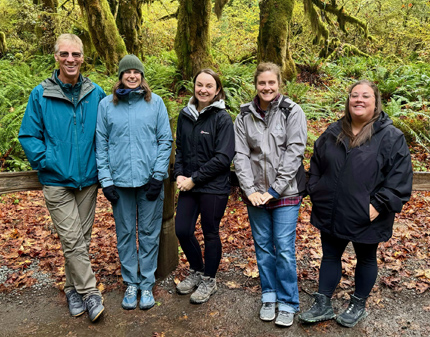I’ll be honest, the thought of driving an RV kind of scares me. I mean, I’m intrigued, and I know my kids would be totally into it, but there are some things that make me nervous (yup, hook-ups). So, I took my most pressing questions to the Grand Pooh-Bah at Tracks & Trails, Dan Wulfman, to put my mind at ease.
EG: The whole idea of hooking up the RV at a campsite rattles me. Mostly the sewage part (yeah, I’ve seen RV). How messy is that going to be and am I making something out of nothing?
DW: A full hook up takes less than ten minutes (yes, ten). There’s an electrical cord that you pull out of the RV that attaches to a utility post at your campsite so you can recharge the iPads and power up the air conditioner and microwave. There’s also a water hose that hooks up to a faucet at your campsite so you can shower and wash dishes. Then, there’s the sewer hose. Relax…
Put on some dish gloves (a wise idea, just in case). Pull the sewer tube from it’s storage hatch on the side of the RV. Attach one end to the drain fitting on the RV and the other to the drain at your campsite. Open the larger valve to empty the “black water” tank, which contains waste from the toilet. See how it’s done here.
Next, close the big valve and open the smaller one. This empties the “gray water” tank, where water from the sinks and shower goes. This water is relatively clean and will flush out the hose, leaving it ready to be returned to its storage compartment.
EG: What about campsites that don’t have hook-ups? What do we do then, read by candlelight?
DW: A lot of the nicest campsites, like those inside the parks, don’t have full hook-ups. But, guess what? Just because you don’t have full hook-ups doesn’t mean you’ll be sitting in the dark.
There’s a deep cycle battery in the RV that powers the lights, the water system, the furnace, and any 12-volt outlets. The onboard propane tank provides energy for heating water and keeping refrigerator cold. (Yes, a propane flame will keep your ice cream frozen, thanks to the miracle of gas absorption refrigeration.)
There’s also a gas or propane-powered generator onboard that can be started by pushing a button inside the RV. It will run high-powered appliances like the air-conditioner, microwave or hair dryer.
As for water, your RV will have an onboard water tank that holds 30-50 gallons of fresh water, plus a 6-gallon water heater. It’s enough to last a couple of days if you are frugal with water usage.
EG: How do I gas up an RV? Do I just pull it right up to the pump like I do with my car?
DW: Gassing up an RV is no different than putting gas into your car at home. Just pull up to the pump, remove the cap, and fill ‘er up. The only real difference is that an RV holds A LOT more gas, usually around 50 gallons.
EG: I know that grocery shopping is one of the first things we’ll need to do. How do we go to the supermarket with an RV? Where do we park?
DW: Park farther away from the supermarket than you normally would. An RV is about 18 inches wider than an SUV, so look for a relatively empty area of the parking lot and pull straight through two normal spaces since the RV is too long to fit in a single space. This will give you plenty of room.
Once you’ve bought groceries, you may find that cabinet and refrigerator space is more at a premium than it is at home. Evaluate your space and decide where to put everyone’s gear and food once you reach your first campsite.
EG: Speaking of parking…help. How do I park an RV at the campground? I can’t even imagine backing into a space.
DW: There are two kinds of RV campsites: pull-throughs and back-ins. And there’s no mystery to what each one is. You either pull your RV through the space or back your RV into the space. Tracks & Trails hand-picks RV sites and opts for pull-throughs as often as possible. However, the nicer and larger sites are often the back-ins, and they are the most common type at National Park campgrounds.
If you need to back in, simply ask your travel partner or one of your kids to serve as a spotter. While nearly all RVs have back-up cameras, it’s a good idea to teach at least one person on the trip to be a spotter. That person should stand behind the RV at the corner on the driver’s side where he can be seen in the mirror.
EG: What happens if I get a flat tire / run out of gas / break down on the road in the RV?
DW: All the RV companies that we work with provide contact information for roadside assistance and they’ll be out in a jif with a gallon of gas or a new tire if you run into trouble. They work similar to AAA so you won’t find yourself out of commission for too long.
EG: I’ve never driven an RV before. Am I going to run into something? I just can’t imagine driving something that big.
DW: First, breathe. You can do this. Second, know that there are really only two things that you need to consider when driving an RV. The first is making right-hand turns. Just pull out a little further into a turn than you normally would with your car at home and you’ll be fine (though you may find yourself jumping the curb the first few times).
Second, keep your eyes open for overhangs. You don’t want to drive under anything that’s not as tall as the RV. Just keep an eye on what’s overhead and you’ll be fine.
EG: What if we want to get fast food on the way? Can I go through the fast food drive-through in an RV? How does that even work?
DW: You really don’t want to go through the drive-through in an RV. The lane that goes around the back of the restaurant where you order, then pick up your food is tight. Probably way too tight for an RV. And, even if you are able to order your food, you may not be able to reach it at the pick-up window. The mirrors jut out pretty far, making it quite a lengthy reach to grab your food.
EG: Some roads in National Parks are pretty windy. How will we be able to explore with a huge RV?
DW: The roads can be windy, but National Parks were made for RVs. Trust me. You won’t fall off the side of a mountain and you’ll adapt pretty quickly to driving an RV around corners and back and forth on switchbacks.
A lot of National Parks also have shuttle buses to take you to different points around the park (Grand Canyon, Glacier, etc.). One of the great things about staying inside the park at a campsite is that you can walk to the shuttle stop at your site. Leave the RV and explore the park until you’re ready to come back to the campsite to settle in for the rest of the day.
EG: Are we going to be cramped on an RV? How much personal space am I going to lose?
DW: An RV is a comfortable place to spend the night in remote, beautiful places and enjoy nature. However, you’re not going to be spending the entire day inside the RV. Instead, you’ll be out exploring, taking the shuttle around to different points in the park.
In the late-afternoon or evening, you’ll spend time exploring your campsite, cooking dinner, chatting with other campers. Or maybe you’ll watch TV in your RV (many have TVs and are able to pick up local channels). Many others bring portable DVD players to watch movies inside or outside the RV.
About the Author: Erin Gifford is a family travel expert and founder of Kidventurous, an award-winning family travel resource. She and her kids drove 10,578 miles across 23 states and explored 14 national parks and monuments last summer. She’s still kicking herself that she did not pile the kids into an RV.
Photo Credits: Tom Webster, ladigue_99, Tony DiGirolamo, Bob Pagani, Grand Canyon National Park

